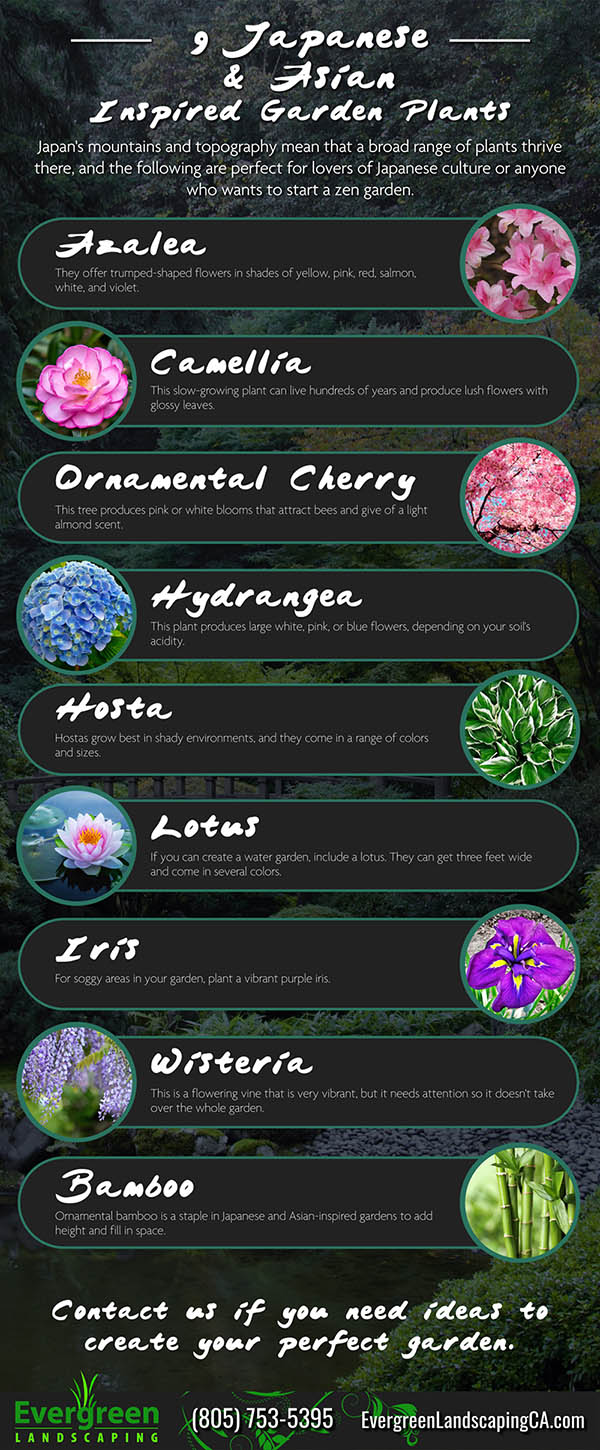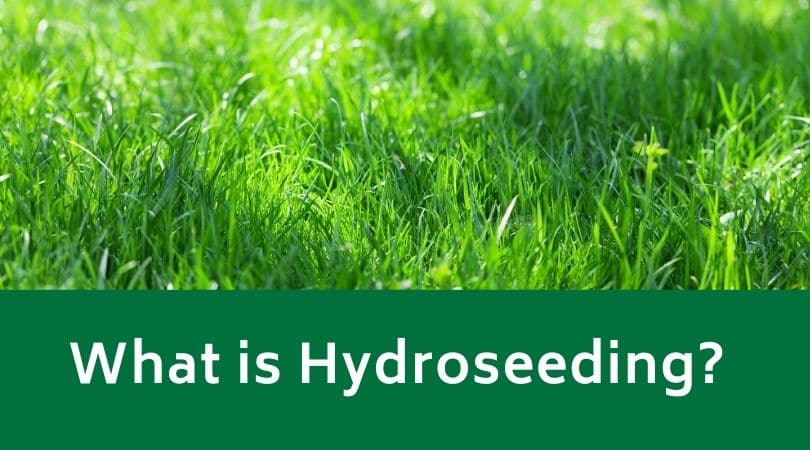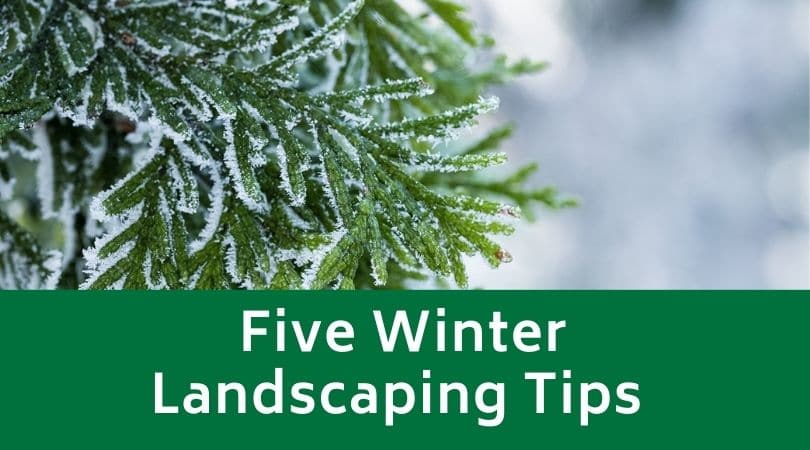Backyard Privacy Options

Warm temperatures and sunshine create an inviting environment for you and your family. They encourage you to spend time outdoors, and it’s important that you can relax and enjoy yourself without worrying about too much sun exposure or a curious passerby. This is where backyard privacy options come in, and we’ll outline a few you can implement now.
- Put up a Classic Wooden Fence
Wooden fences are a staple in yards across the United States. You can choose from a variety of wood species, ranging from dark to light. It can boost your backyard design and privacy levels, and it’s a relatively inexpensive option when you compare it to other materials. If you have basic woodworking knowledge, constructing a wooden privacy fence is a viable option.
- Plant Bamboo
You can easily turn your backyard into a tropical retreat by creating a natural privacy fence using bamboo. Bamboo is a plant that will grow tall enough to shield your backyard from anyone that passes by. You can plant it on its own and allow it to fill in spaces, or you can use it to fill in any gaps around fences or pergolas. Bamboo is invasive, though, so you should only plant it in containers with strong barriers or in beds to control the spread.
- Grow a Living Fence
For centuries; people have grown hedges as a privacy landscaping hallmark. They work very well along your property lines. Additionally, one large benefit is that your hedges can reach almost any height, depending on the plant material you pick out. It does take a lot of time and attention to establish a high, long hedgerow. Hedges also require a fair amount of maintenance in the form of trimming to keep them looking nice.
- Add a Pergola
If you want a little more privacy without worrying about blocking the sunlight, add a pergola. This structure will stand without walls. However, it has wooden columns and beams that offer some obstruction from the view. You can also add cloth sides. It works well placed on an elevated deck. Additionally, you could plant vines to cascade down the sides to block the view more.
- Create a Vertical Garden
Building a custom-made vertical garden is a great living fence idea. You can fill it with herbs and vegetables or flowering plants. You can make it as tall or long as you like. This acts as a nice screen for your yard from the outside world. Additionally, it allows you to free up space in your yard for grilling, lounging, or entertainment where you’d normally have a garden.
- Build a Trellis
Whether they’re elaborate or simple, custom-built or store-bought, a trellis gives you a direct solution for your backyard privacy issues. It will block sightlines without completely blocking the sunlight or breezes. It can support a large number of flowering vines or climbing plants, and you can use it to create a focal point in your yard.
Contact Evergreen Landscaping for Backyard Privacy Options
If you’re looking for ways to boost the privacy level in your backyard, contact us. Our staff is ready to help suggest the perfect privacy options for your yard that look nice all year-round.










